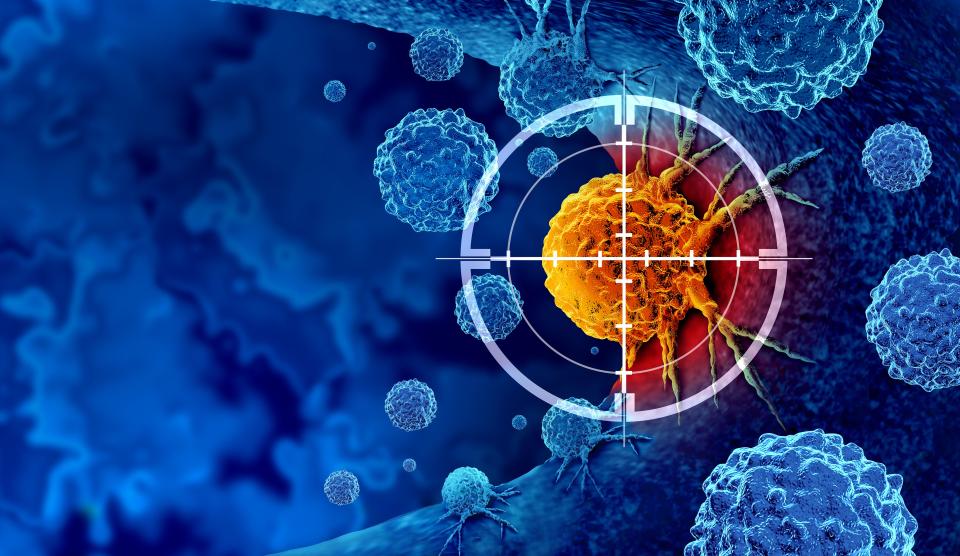How early detection can help bridge cancer gap in Indiana
Cancer casts a darker shadow over Indiana than it does most of the rest of United States. With 162 deaths for every 100,000 residents, only six states in the union have a higher cancer-related mortality rate than ours. A recent report from the National Grange sheds new light on why Hoosiers may be dying in disproportionate numbers and how our elected leaders can begin to address that problem.
Ours is a farming state. Seventy-two of our 92 counties are primarily rural in nature and one of every three Hoosiers lives in a rural county. Distressingly, the Grange’s report shows that people living in these rural communities have a substantially heightened likelihood of dying from cancer.
The report’s findings were striking and disturbing. Nationwide, cancer deaths in rural areas are 14% higher than urban areas and the urban-rural disparity in cancer death rates is getting worse. Further, the five-year cancer survival rate is 8% lower in rural communities, and the urban-rural disparity in survival rates increases the later the stage the cancer is diagnosed.

What explains these disparities? It is likely that those who live in rural areas are less likely to take advantage of cancer screening tools than those who live in cities and suburbs. There could be multiple reasons for this. Underinsurance in these geographies is common. And then there is the distance factor. If someone must travel 90 to 100 miles to get a colonoscopy or a mammogram, particularly if they don’t have ready and reliable transportation, they’re less likely to get those screenings. And without proper screening, it’s impossible to detect cancer before it spreads and becomes more difficult to treat.
It's critical that we find a way to bridge this rural-urban divide. Fortunately, recent advances in medical technology have brought us to an exciting innovation. Large-scale clinical trials have shown that a new type of blood test, known as a multi-cancer early detection (MCED) is highly effective at detecting cancers earlier. With just one blood draw, patients can be screened for dozens of types of cancer with striking results. Not only would this be a significant improvement of our current cancer screening capabilities, with which there are recommended screenings for only five types of cancer, but it would also be a health care boost specifically for rural Americans. Every community clinic can administer a simple blood test.
The challenge is to make MCED tests available to those who have the greatest need, starting with our senior citizens who are at the greatest risk of developing cancer. Ensuring that the Medicare program, which is how most seniors receive their health insurance, can cover these tests must be a priority. Currently, Medicare isn’t able to provide coverage for new breakthrough cancer screenings like it can for new drugs, new medical devices, and new doctor services.
It would take an act of Congress to empower Medicare to cover these new tests – which is what Congress did in previous years to extend Medicare coverage to colonoscopies and mammograms.
The good news is Congress is working on a bipartisan fix to this issue. The Nancy Gardner Sewell Medicare Multi-Cancer Early Detection Screening Coverage Act (H.R 2407) would enable Medicare to immediately start the process of covering MCED tests once they’re approved by the FDA for widespread use. More than 100 representatives have already cosponsored this bill in the House, and its companion bill was just reintroduced in the Senate (S. 2085). Three hundred members of Congress from both parties rapidly backed a similar bill last year, but lawmakers unfortunately weren’t able to vote on it before Congress adjourned. Now it’s time for lawmakers to finish the job.
We shouldn’t accept Indiana’s status as a state with one of the highest rates of cancer deaths. The first step in addressing this is to make sure our rural communities are able to access effective cancer screenings.
Gene Lohrman is president of Indiana Grange.
This article originally appeared on Indianapolis Star: How Indiana can bridge its cancer gap through early detection

